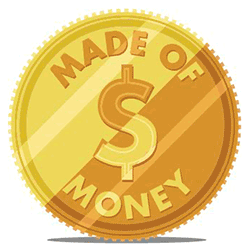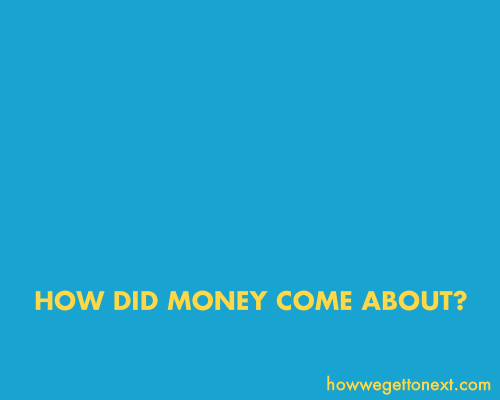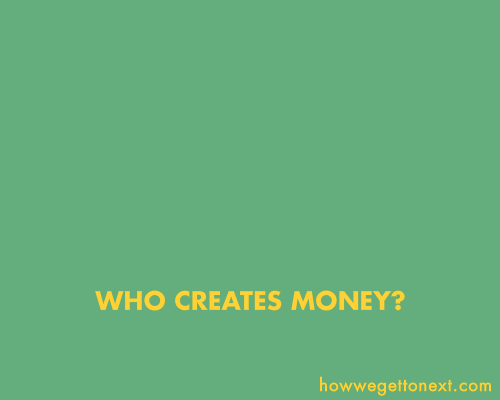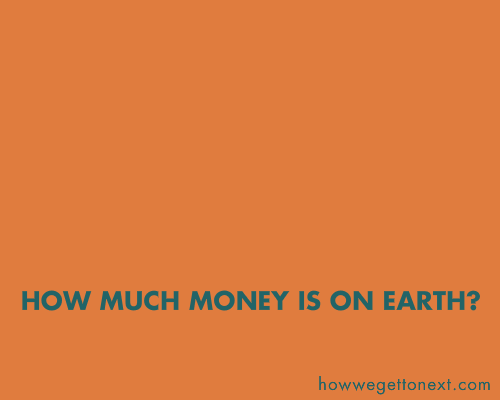

If we’ve learned anything this month about the history and future of money, it’s that the subject is flat out complex. It’s confusing. Not only can understanding financial terms around value and the characteristics of money be conceptually abstract–do dividends count as money? Is gold still considered a currency?–it turns out that we can’t even agree on the origin of it all. No one actually knows for sure when or why money was invented.
Nonetheless, after much back-and-forth conversation about how to simply what we do know, here’s your money explained simply, in four infoGIFs. (And no, we didn’t coin the term “infoGIF”–essentially, it’s a moving infographic–but the concept offers a fun design mashup you’ll see a lot more of from us.)


Economists and historians are pretty confident that the idea of an early barter economy is a myth. There’s little evidence to show that one guy traded two chickens raised for another guy’s bagged rice. More likely, in primitive communities people relied on reciprocity and debt/credit in the form of trust and goodwill. Metaphorically, everyone brought something to the table to share.
It’s only when we started to travel out, beyond our insular societies, that remembered debts and credits could no longer act as currency. If I wanted to use the wool of a stranger (whom I would never see again) to make myself clothes, I now needed a new kind of transaction. Enter money.


Again, there’s no firm consensus about exactly who created the first form of money, but there’s evidence that the Egyptians used gold bars at a set weight to trade for goods in the fourth millennium B.C.E., just as our ancestors in Mesopotamia did with silver even earlier. Eventually, creating sovereign money simply involved taking an amount of gold or silver and stamping the face of a kingdom’s ruler on it in coin form.
The first banknote dates back to the 7th century in China, when paper was introduced as a promissory note or I.O.U.


The value of your dollar can go up or down. This is called deflation and inflation, respectively. It’s typically measured using the cost of a “market basket” of goods and services (representative of an economy) over time. This yields a price index that tracks the changing value of a dollar.


This was perhaps the toughest concept to simplify, because it gets at the evolving boundaries around defining money. According to the CIA’s World Factbook, the total value of the world’s broad money–represented in banknotes, coins, money market accounts, and savings/checking deposits–is $80.9 trillion. This doesn’t, however, include stocks, funds invested in commercial real estate, the value of above-ground gold, or alternative digital currencies. That value numbers in the quadrillions.
And while the amount of digital currency on Earth far exceeds physical currency, it’s worth noting that when it comes to cryptocurrencies, Bitcoin reached its highest collective value in 2013–at only $14 billion.


How We Get To Next was a magazine that explored the future of science, technology, and culture from 2014 to 2019. This article is part of our Made of Money section, which covers the future of cash, finance, economics, and trade. Click the logo to read more.
